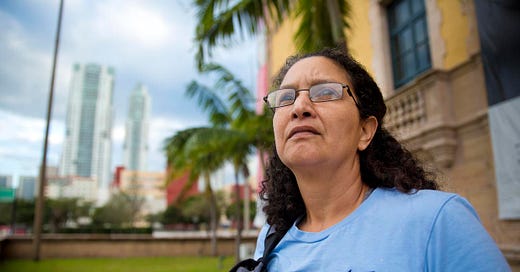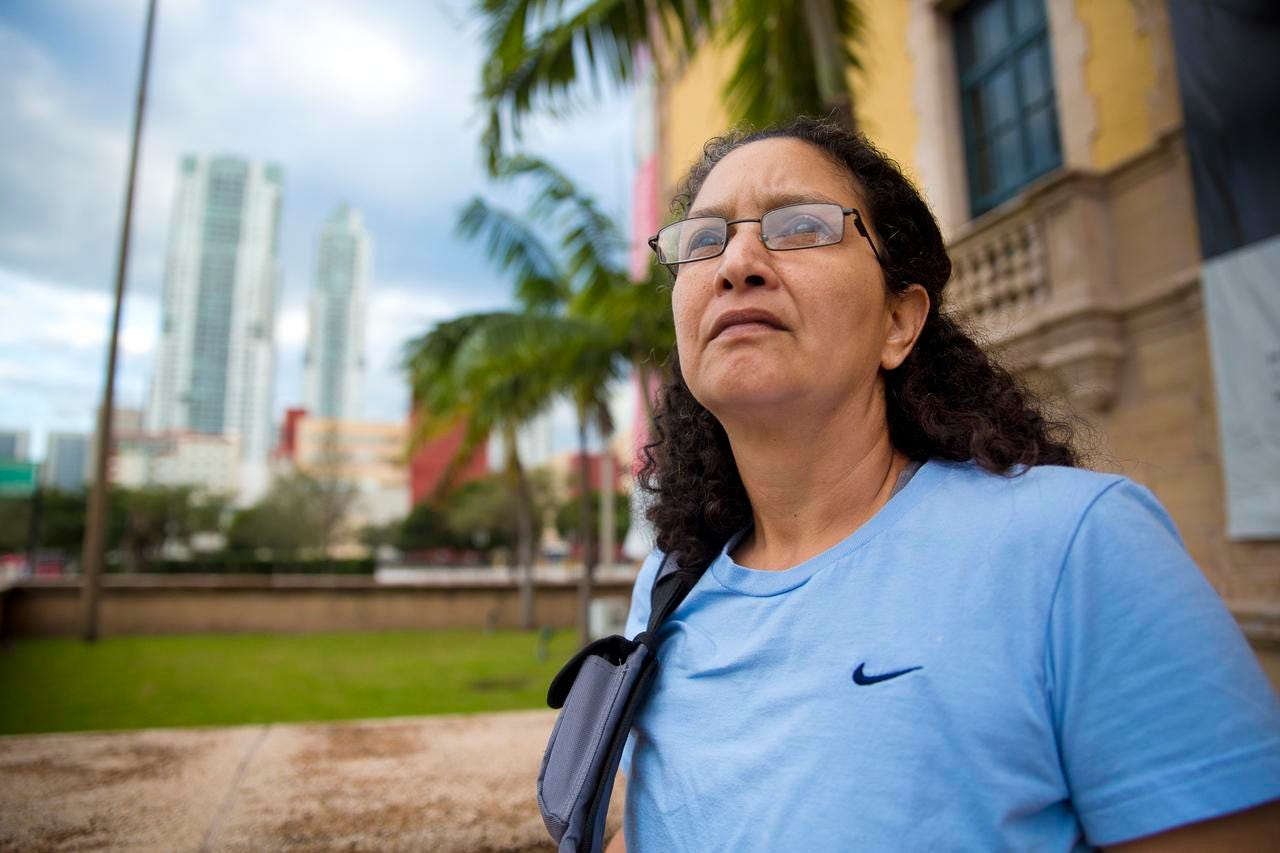The Unbearable Loneliness of a Cubana in Miami
A successful artist in Havana, Jacqueline Zerquera risked life and limb to escape to America. Did she make a terrible mistake?
It was only six years ago that Jacqueline Zerquera was on the other side of the Florida Straits, looking toward Miami, longing for the United States. She wanted out of Cuba. She wanted to be able to travel without having to fill out a long line of forms, logs and requests. She didn't want to have to report every move she made abroad to the authorities. She wanted to be free. Today, only a few years after leaving, she stands on the opposite shore, looking back. She's in the place she so desired, in the place she fought to be. Yet she is still longing—this time, for the life she had back home. "I miss the air, the light; I miss Cuba like a memory," Zerquera says.
These days, Zerquera, forty-eight, lives in southwest Miami, in her sister's house. It’s so far south that you can see portions of the Florida Everglades seeping through the suburban paint job. Amid the large, cookie-cutter homes, the mega-Walgreens and Publix supermarkets, there are patches of wild gra…
Keep reading with a 7-day free trial
Subscribe to Narratively to keep reading this post and get 7 days of free access to the full post archives.




